Hong Kong’s outdoors offers a wealth of subjects to shoot – from hills and islands, to waterfalls and wildlife.
- Hong Kong Photography Tips
- Don’t be a Slave to Your Camera!
- Camera Essential; Tripod Helpful
- Polarising Filter
- Basics of Photography
- Composition
- Light and Photography in Hong Kong Outdoors
- Control Your Flashing
- Movement
- Shapes and Patterns
- Landscapes
- Mini Landscapes
- Habitats
- Geology
- Photographing Animals in Hong Kong
- Plants
- Photographing People in Hong Kong Outdoors
Hong Kong Photography Tips
Hong Kong’s outdoors offers a wealth of subjects to shoot – from hills and islands, through cityscapes and villages, to waterfalls and wildlife.
There are wonderful landscapes; yet for much of the year, pollution sullies the views. Summer, when winds tend to blow from the South China Sea, is the best season for landscape photography; it also helps that there is more rainfall, so grassy hillsides are greener. BUT it is hot and humid, so walking around taking photos at this time can be tough, and you need to take care to avoid heatstroke.
Don’t be a Slave to Your Camera!
The automatic features typical of cameras today have helped make the technical aspects of photography relatively easy. But it’s not enough to rely on automation; to ensure your camera delivers the best photos, you should know how to both use and over-ride the automatic features.
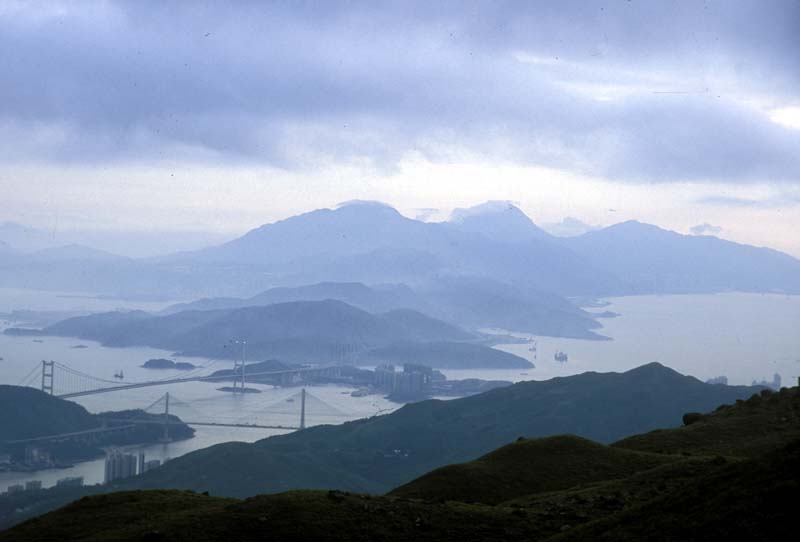
If you’re to make really good photos, photography is not a technical subject. Here, I only briefly cover the technical aspects, and equipment; instead, the photo tips emphasise techniques for creating good, even outstanding images.
Creating a good image depends partly on photographing the subject, with few or no extras. Composition is important: for instance, it’s rarely best to place the main subject in the centre of a photo. Also consider aspects such as colours, textures, patterns. Ideally, a photograph will be a dynamic image.
It’s important to look at work by good and great photographers. And look around all the time; look for photo possibilities, notice times when the light seems just right for making photos.
If it’s worth taking one picture, it’s worth taking two, or even three, or thirty or more.
Camera Essential; Tripod Helpful
You need a camera of course, and these days that likely means a digital camera.
Don’t feel obliged to get one of the relatively bulky DSLR cameras; it’s important to have a camera you are happy carrying around with you – which could mean a compact camera that slips into a pocket, and is no inconvenience if you go hiking.
Nor should you worry to much about number of megapixels.
Nowadays, quality of the pixels is more important – such as the dynamic range they can record (to span a wide range of tones, on images with high contrast).
Generally, larger sensors on digital cameras deliver better images, yet these difference might not be too evident on images viewed on the web or for small prints. So unless you aim for large prints, you can save money, and weight, without significantly compromising image quality.
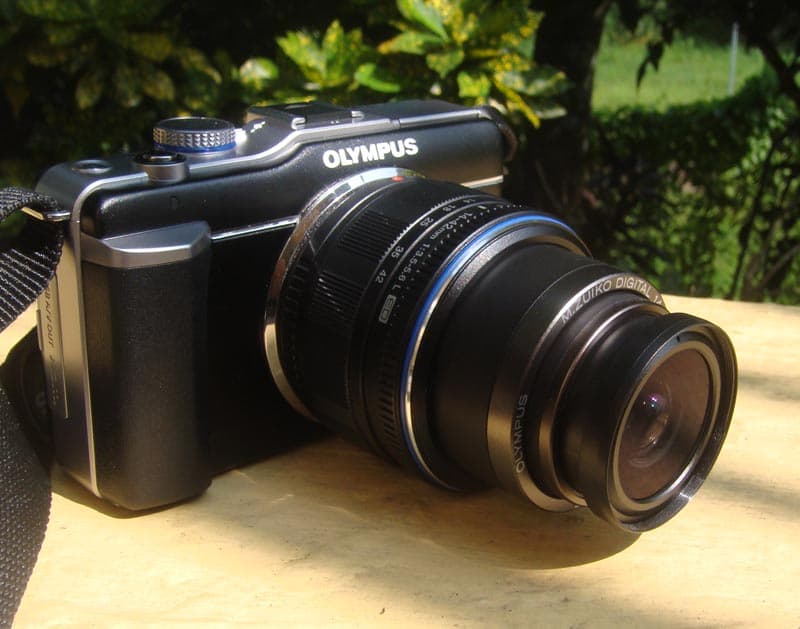
Even if you want a somewhat larger sensor, you don’t have to buy a DSLR. New mirrorless cameras, such as in the micro four thirds system, are relatively small yet deliver excellent results. I’ve recently switched to micro four thirds system of digital cameras, first with an Olympus Pen E-PL1, and currently an Olympus Pen E-P3, which are great for carrying on hikes etc, even with two or three extra lenses [update, September 2022: since upgraded to EM1.3].
Most cameras come with a lens, often a zoom lens that covers a range of focal lengths suiting typical photography. Interchangeable lenses allow the opportunity to buy additional lenses, such as super telephotos for photographing birds.
A tripod can be very useful, such as in low light, or for macro (close up) and telephoto photography. But again, it’s best to buy one that you will actually carry on occasions it may be useful.
Polarising Filter
There are various filters you can buy. Basic skylight/UV type are good for protecting the front of the lens, and for reducing haze a little.

The best filter, to me, is polarising: especially for landscapes, when these filters reduce polarised light scattered in the air – making blue skies more intense, with more contrast vs clouds, and reducing light scattered from surfaces like leaves, which can also intensify the green of vegetation. Plus, can make water look better, with better visibility from surface into what lies or swims beneath.
Basics of Photography
Photography involves exposure – which results form the combination of f-stop (aperture in lens) and shutter speed. But “correct” exposure can be subjective.
Though auto exposure can often deliver very good exposure, it is best to learn how to override the auto exposure. For instance, you may need to increase exposure when an image is mainly of whiter shades, which the camera might otherwise render as duller, greyish.
I under-exposed the following image, so the boulders became dark, but the clouds and see through the “window” were correctly exposed.

Depth of field is important too – relates to how much of an image is sharp in front of and behind the focal point. A very wide depth of field can be good for, say, landscapes; while a narrow depth of field can highlight the main subject, as the rest of image is somewhat blurry. Yet, with smaller sensors, there is not so much scope for “playing” with depth of field, as it tends to be very wide – for some people, an important benefit of larger sensors is that they allow narrower depth of field, boosting creativie possibilities.
You might also select short or long exposures worth considering. Short exposures can freeze movement.
With long exposures, movement becomes evident as at least part of images blur. Sometimes, this is effective, such as with water plunging down a cascade.

Composition
Whenever you take a photo, you are “editing” part of the world into a rectangular or maybe square image. Even with a wide angle lens that has something approaching the angle of view that you have, the resulting image is not just what you can see – including as it is enclosed by four straight sides.
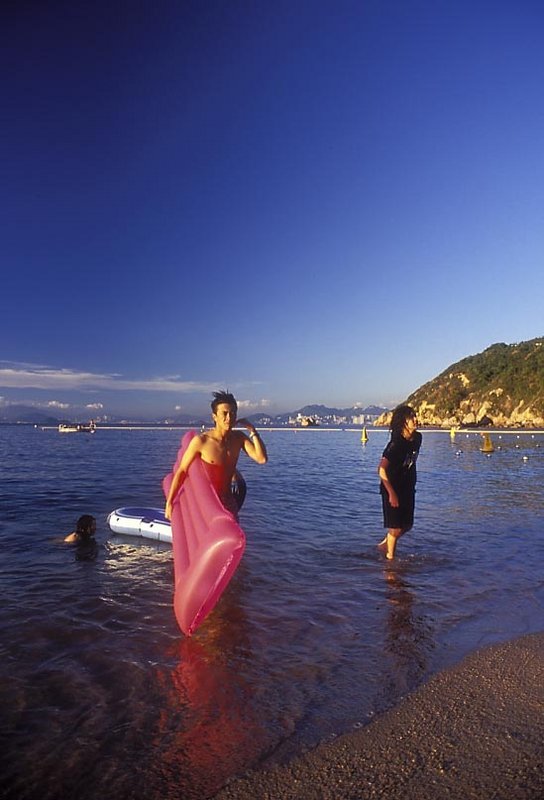
It is useful to know of the Rule of Thirds and other “formulae” for arranging subject matter within frames.
Using the Rule of Thirds means to position major parts of photo a third of the way from one or more edges: the horizon might be a third from top or bottom; something that’s relatively small but will be eye-catching could be a third of the way up and a third of the way from one side.
There are various other such “rules”.
Compositions can also vary using wide angle and telephoto lenses (and zooms).

With wide angle lenses, there are chances to “create” lines etc within images; and there can be a sense of expansiveness. Plus, it can seem that objects recede into the distance.
These lenses also enable possibility of using very wide depth of field, so subjects near and far are in focus.

Telephoto lenses instead tend to focus in on subjects, and flatten perspective.
[header=Light and Photos in HK]
Light and Photography in Hong Kong Outdoors
Intensity and direction of light are very important.
So too, of course, are colours. Light has a “colour temperature”, and outside this varies with time of day: light has more bluish tones around midday (and around dusk), but is redder around sunrise and sunset.
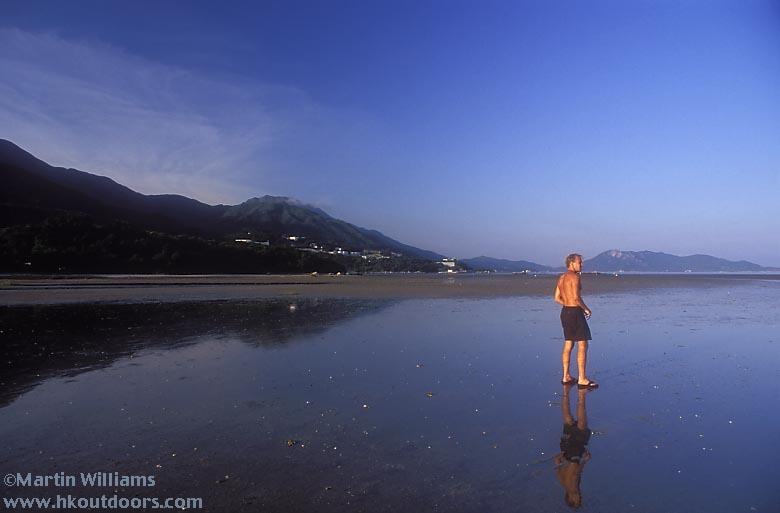
Overall light quality varies with time of day; and late on fine afternoons, and early on fine mornings, there may be the “golden hour” beloved of National Geographic photographers. The light can then be clear, with the sun not too harsh, and coming at an angle rather than from high overhead: far better for lighting many subjects.
Ah, but this is about Hong Kong photography, and – sadly – the golden hour is far too rare. The smoggy autumn and winter cause major problems. Nowadays, it is mostly in summer that there are bright, clear days for photography in crisp light, with golden hour morning and afternoon.
On these smoggy days, the “golden hour” times tend to be grey hours, and I find it better to take photos towards the middle of the day, with sometimes a decent sunset if the smog is not too thick.
However, photography is not just a fair weather activity. Mists and storms can make for atmospheric shots.

I took the above as a Black Rainstorm lingered over Kowloon.
Tropical storms and typhoons can make for even more dramatic conditions – yet are also challenging to photograph, not least as lashing rain can make taking pictures tough to impossible, and conditions can be dangerous (take care!)
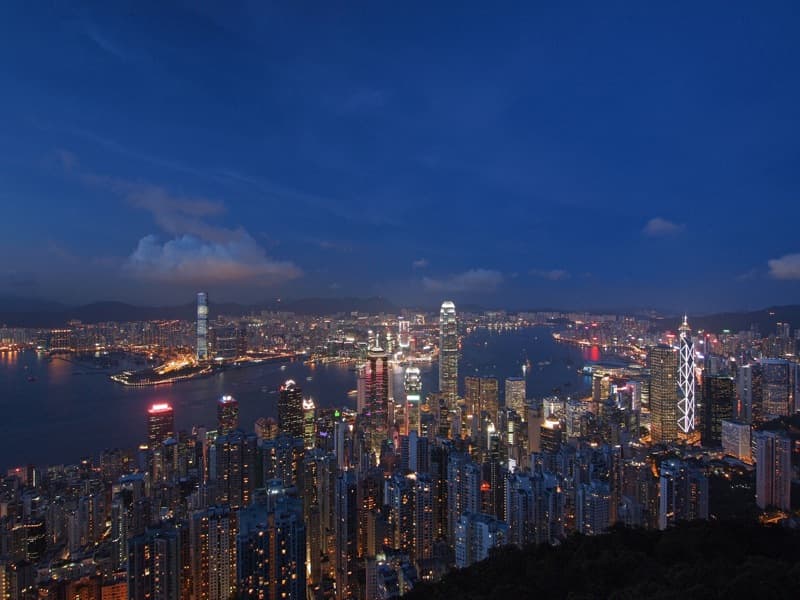
Try also shots at dusk, or even at night. These may need long exposures, with the camera mounted on a tripod. With this shot from the Peak, it was almost dark, but the long exposure brought out some blue in the sky (I still had a polarising filter on, helping accentuate the blue sky and clouds).
Control Your Flashing
Simple on-camera flash can be ok, but can be harsh. It’s better to have a flash unit off the camera, or to bounce the flash from, say, white card or a white ceiling.
If you haven’t done so already, learn how to turn off auto flash at times, and see what happens.
Plus, when there are harsh shadows on a subject during the day, or the subject is in shade against a bright background, try forcing the camera to use flash: this is called fill-in flash, and can make a major difference.
Reflectors can also help to reduce harsh shadows. You can buy folding, portable reflectors; but sheets can be used too – and you can look around, as you may find a wall (say) makes a good reflector.
Movement
Movement real and apparent in images.
Ways the eye moves when looking at photos.
Shapes and Patterns

There are of course many real shapes and patterns within nature. Scarlet sterculia fruit pods are among the most eye-catching features of Hong Kong trees in summer; here, I’ve composed the image so the diagonals of the image roughly coincide with the orientation of the pod’s “arms”.

But you might also create shapes and patterns when taking photos, or perhaps emphasise them through composition. Here, by using a long exposure, the blurred surf forms a half circle around a cluster of boulders.
Landscapes
Including mountains, coasts etc – ie major landscapes in Hong Kong. Though we have some wonderful scenery, landscape photography can be tough here, especially as pollution tends to smother views and dull the light. This makes summer often the best season for landscape photography, as there tend to be sea breezes with cleaner air and the light can be outstanding. And yet: it is darn hot in summer, and you have to take care to avoid heatstroke.
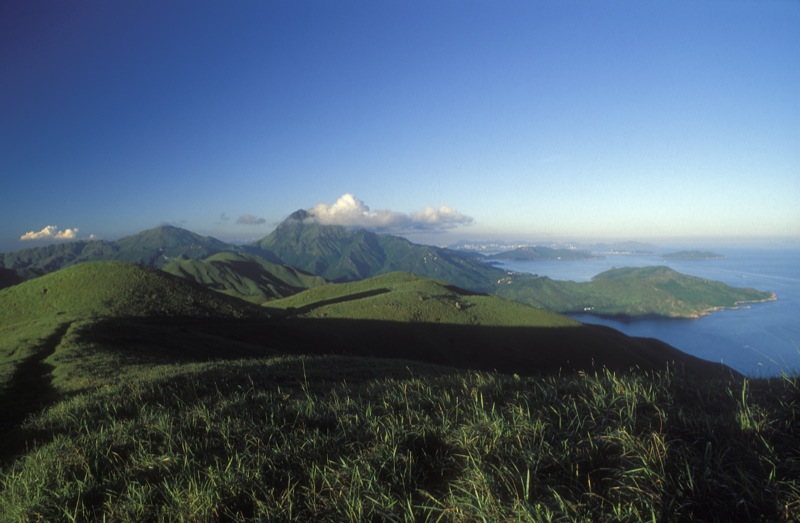
You can shooting places you are familiar with, and perhaps choose locations based on information and photos you have seen. Also, you can use maps – such as in the Countryside Series – to find places that may be good for making photos.
With landscapes, polarising filters can come into their own. One helped with the above shot from southwest Lantau: vegetation is greener, sky and sea are more intense blue (with clouds seeming whiter) as a result of this filter. But polarising filters don’t always make a big difference: best on clear days (not so polluted), and when you can take photo at an angle to the sun’s rays. Best thing is to experiment, see what effects you get; turning the filter till the scene appears best to you.
Mini Landscapes
Especially as air pollution tends to be severe in Hong Kong, with rather few days with clear air – mostly in summer – it’s often tough to photograph big, expansive landscapes.

This makes it worthwhile looking for “mini landscapes” – which can be good subjects elsewhere, but may be even more important in Hong Kong. This might be easiest on some coastlines, say, where there’s a chance to photograph pools, channels and sculpted rocks, without buildings and trees etc that indicate just how big features are.
The above shows a “mini landscape” – a rock pool at Shek O, Hong Kong Island. To my mind, the rocks behind look rather like a craggy mountain range reflected in a lake; yet having my son here shows that this is but a sculpted rock. (My son looks small in the frame, but was not really far away – the perspective results from using a very wide angle lens.)
For an even tinier “landscape”, see the rock below, in Geology section.
Habitats
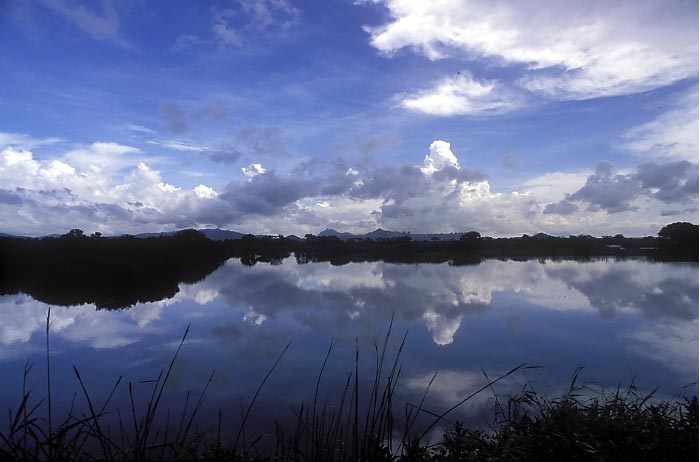
Habitats can be like a form of landscapes in themselves. For instance, you can take shots of woodland, wetlands, and streams – including waterfalls.
Geology
If you photograph rocks, maybe try to show some of the texture.
Also, experiment with angles; I took the shot here – on Ma Shi Chau – from low down, close to this rock, so it looks more impressive. Another case of polarising filter at work: proving very effective with the intense blue sky, and reducing sheen reflected from the rock so that the rock colour is evident.
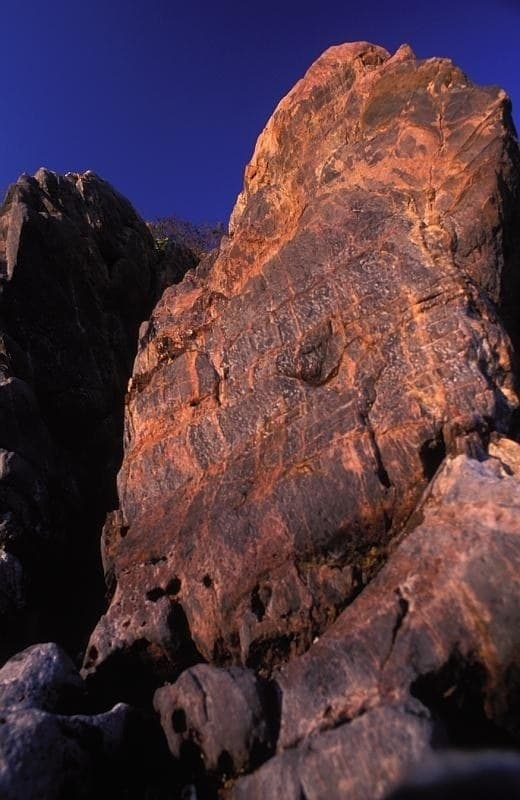
Photographing Animals in Hong Kong
Photographing animals – including birds – in the wild can take special knowledge, and expertise. But as you head out, you can also get som lucky encounters. Plus, digital photography has made shooting animals like birds far easier than with film cameras: partly as there isn’t such a need to almost fill a frame with a subject: detailed digital pictures allow tight cropping, so even birds that are small in the frame can become large on screen and on prints.
Smaller creatures such as many insects and spiders may require specialised, macro lenses, perhaps used together with flash.
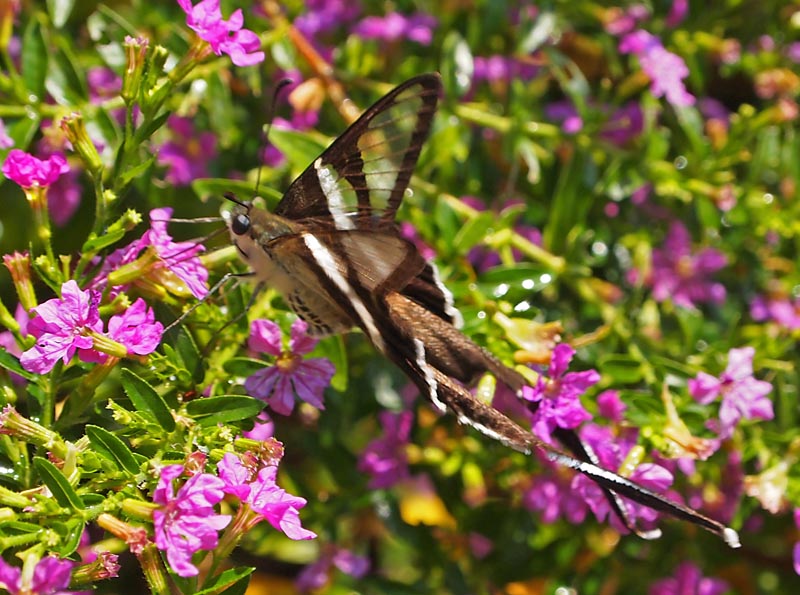
However, butterflies include several fairly large species – some of which have beautiful patterns, perhaps together with splendid shapes. They are not always shy, yet can be prone to move around quickly, so you have to take shots as chances to arrive, maybe as a butterfly sips nectar from a flower, or drinks water with salt. Fung Yuen butterfly reserve, near Tai Po Market, is a particularly good place for butterflies, including White Dragontail (as in above shot).
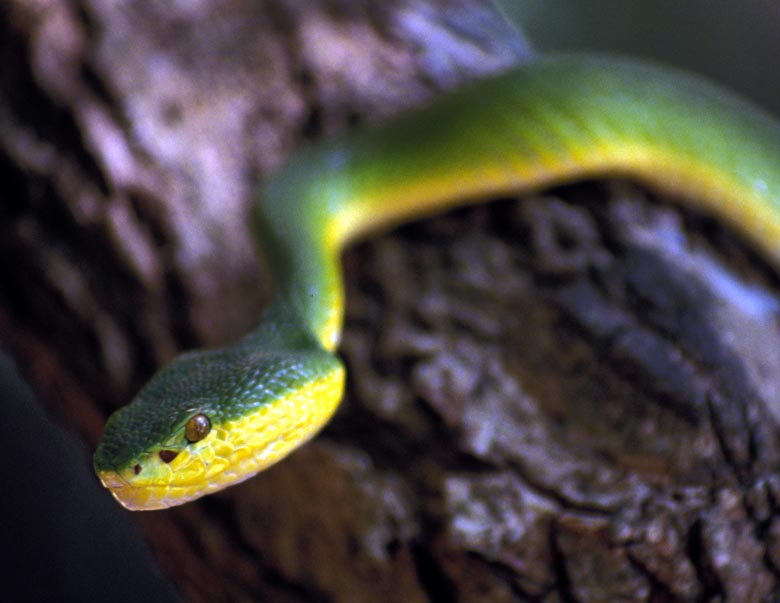
Reptiles and amphibians: you may find them in the wild, and manage photo opportunities. Also, perhaps you or someone (experienced) can find and catch such animals, so you can photograph them in natural surroundings before they are released.
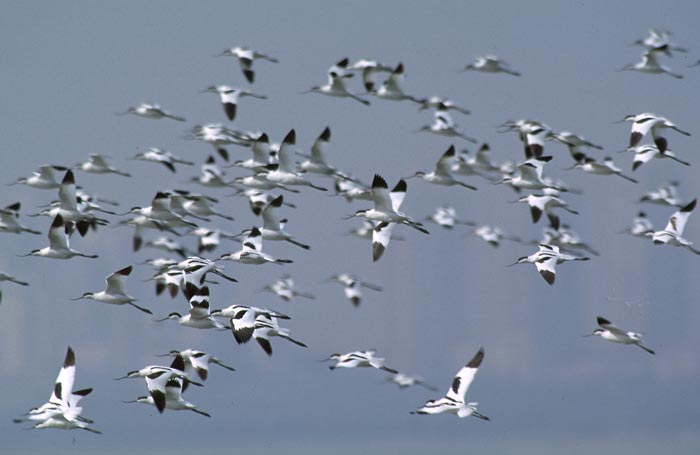
Birds are most readily photographed at a few sites such as Mai Po Marshes, Po Toi, and even Kowloon Park (where some common birds are very used to people being close by). But you can find birds pretty much anywhere there is some natural habitat; perhaps keep visiting a good place, and you will find some changes in the birdlife, especially as passage migrants travel though in spring and autumn, and winter visitors arrive in late autumn and during cold spells.
Photographing birds requires telephoto lenses. Digiscoping – taking pictures through telescopes – is an extreme form of using “telephoto” lenses. But you can use more modest lenses. Doing so can require carefully stalking birds – stealthily moving close, trying to pretend you are not actually interested in your quarry. You can also try shooting from hides (also known as blinds), such as those in Mai Po and the Wetland Park; or take your own portable hide and position by a place that attracts birds.
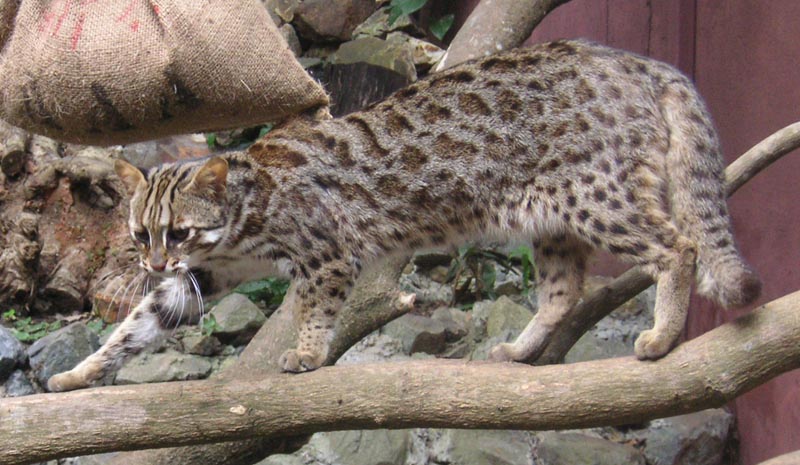
Land mammals other than macaques are tought to even see, let alone photograph, in Hong Kong. For many mammals, you need to set out cameras tripped by infra-red beams being broken (which is of course highly specialised). But you might also head to Kadoorie Farm, to shoot captive mammals such as leopard cats and barking deer.
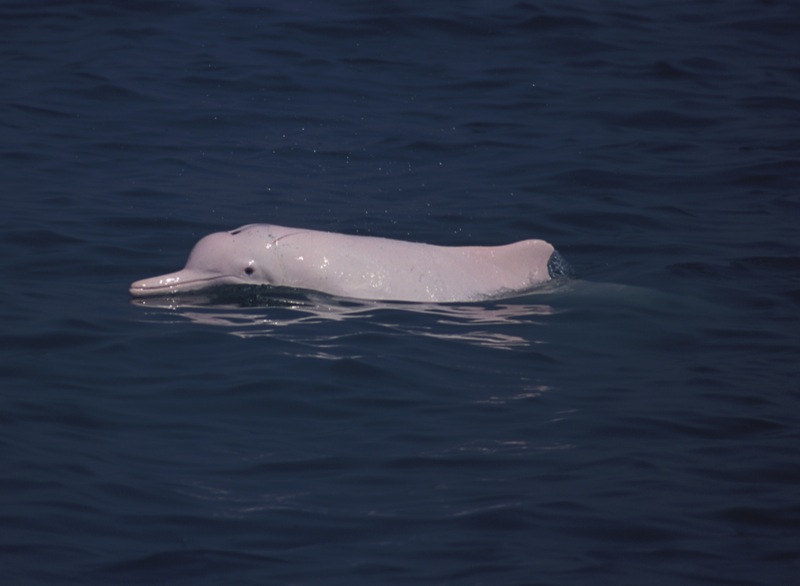
There’s also a marine mammal that is fairly easy to spot if you are in the right area – the Chinese white dolphin, which is best seen in waters north and west of Lantau. Not an easy subject to photograph, though: you have to aim and take shot(s) just as one comes to the surface: it’s all to easy to find you have photographed only water!
Plants
Perhaps surprisingly, movement is an issue with plants: can bounce about in even light breezes. This means you might have to wait till the breeze eases, or shelter them somehow.
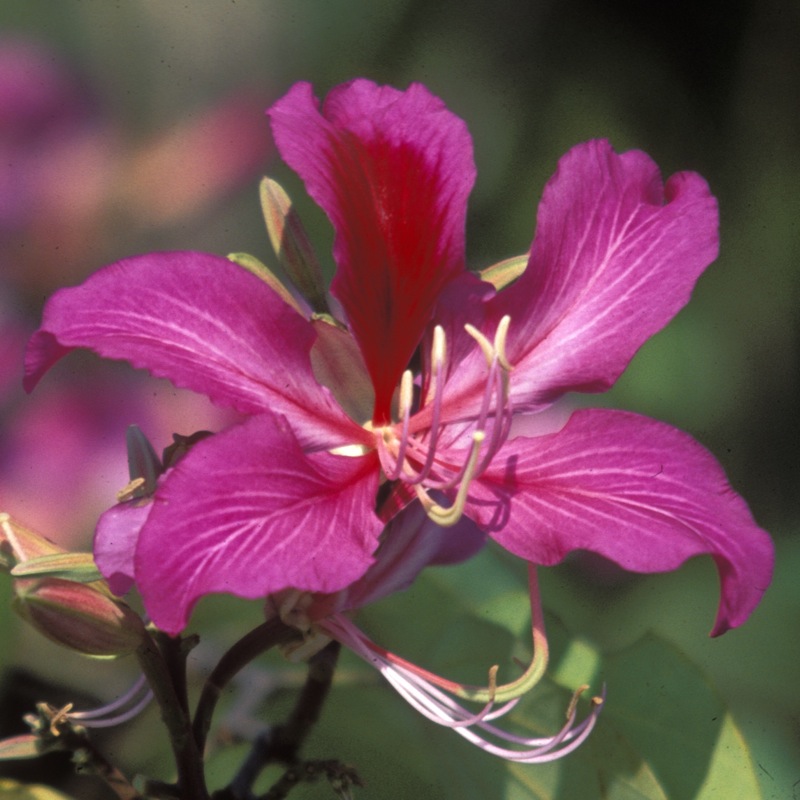
Reflectors can help enliven flowers and foliage.
Photographing People in Hong Kong Outdoors
Of course, the outdoors can be ideal for taking photos of people, including people within landscapes.
Especially for portraits, try avoiding harsh direct sunlight from mid-morning to mid-afternoon: maybe shoot in the shade, earlier or later, or when clouds are filtering and bouncing the sunlight – helping reduce the contrast between light and dark, so your shots aren’t spoiled by unwanted dark shadows.

Photo reflectors can also help enlighten shadows; and locations such as beaches have light bouncing around off surfaces like sand and water.

 Hong Kong's outdoors offers a wealth of subjects to shoot - from hills and islands, to waterfalls and wildlife.
Hong Kong's outdoors offers a wealth of subjects to shoot - from hills and islands, to waterfalls and wildlife.










